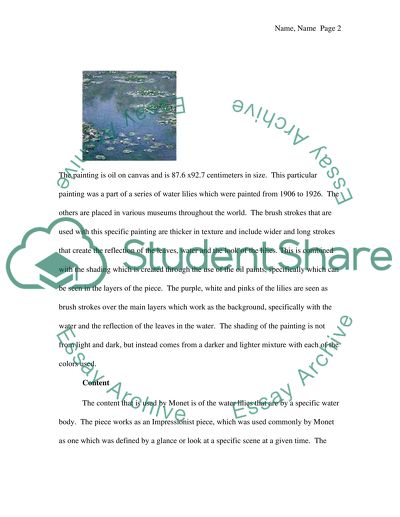Cite this document
(“Monet and his painting Water Lilies Essay Example | Topics and Well Written Essays - 1750 words”, n.d.)
Retrieved from https://studentshare.org/visual-arts-film-studies/1417110-monet-and-his-painting-water-lilies
Retrieved from https://studentshare.org/visual-arts-film-studies/1417110-monet-and-his-painting-water-lilies
(Monet and His Painting Water Lilies Essay Example | Topics and Well Written Essays - 1750 Words)
https://studentshare.org/visual-arts-film-studies/1417110-monet-and-his-painting-water-lilies.
https://studentshare.org/visual-arts-film-studies/1417110-monet-and-his-painting-water-lilies.
“Monet and His Painting Water Lilies Essay Example | Topics and Well Written Essays - 1750 Words”, n.d. https://studentshare.org/visual-arts-film-studies/1417110-monet-and-his-painting-water-lilies.


